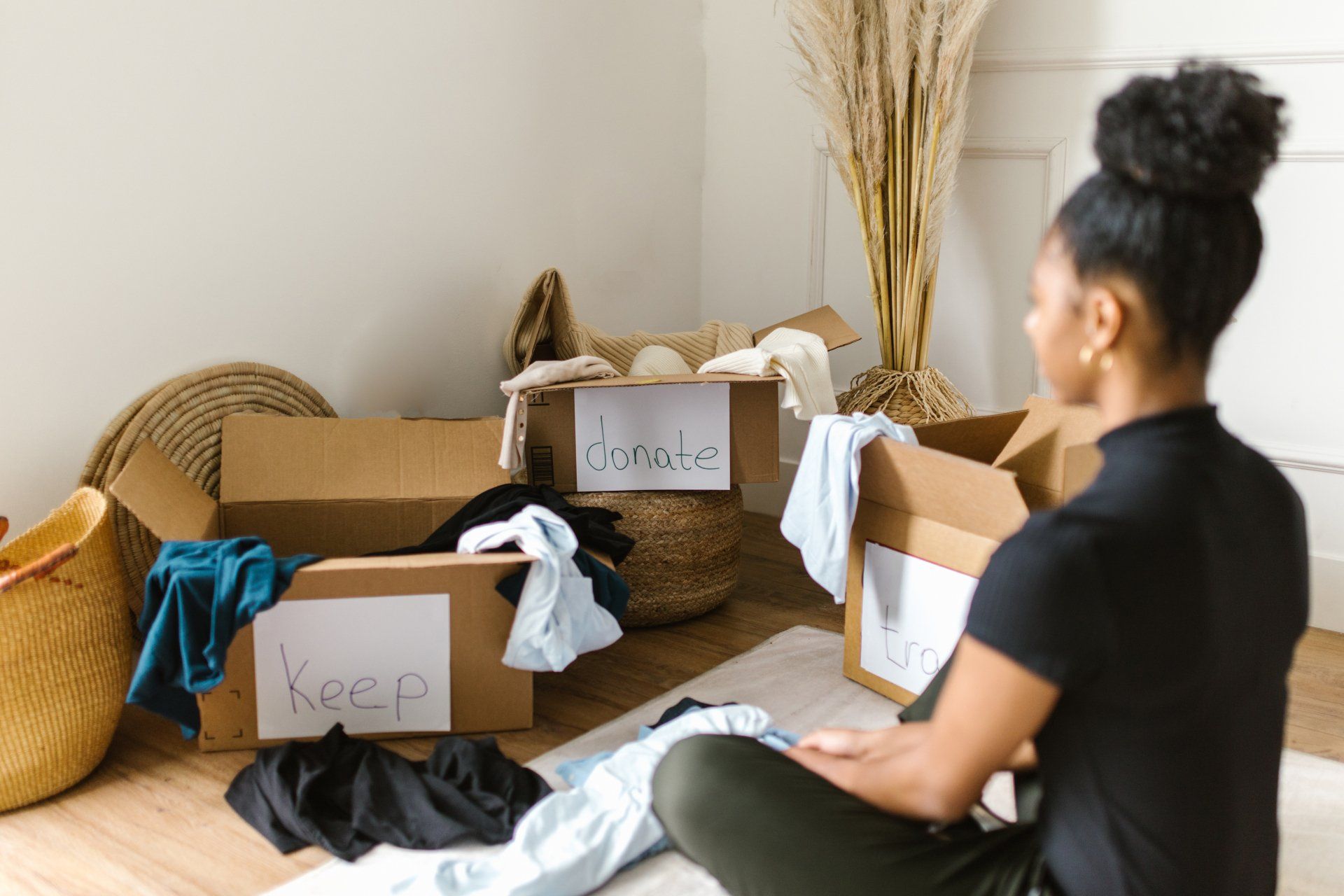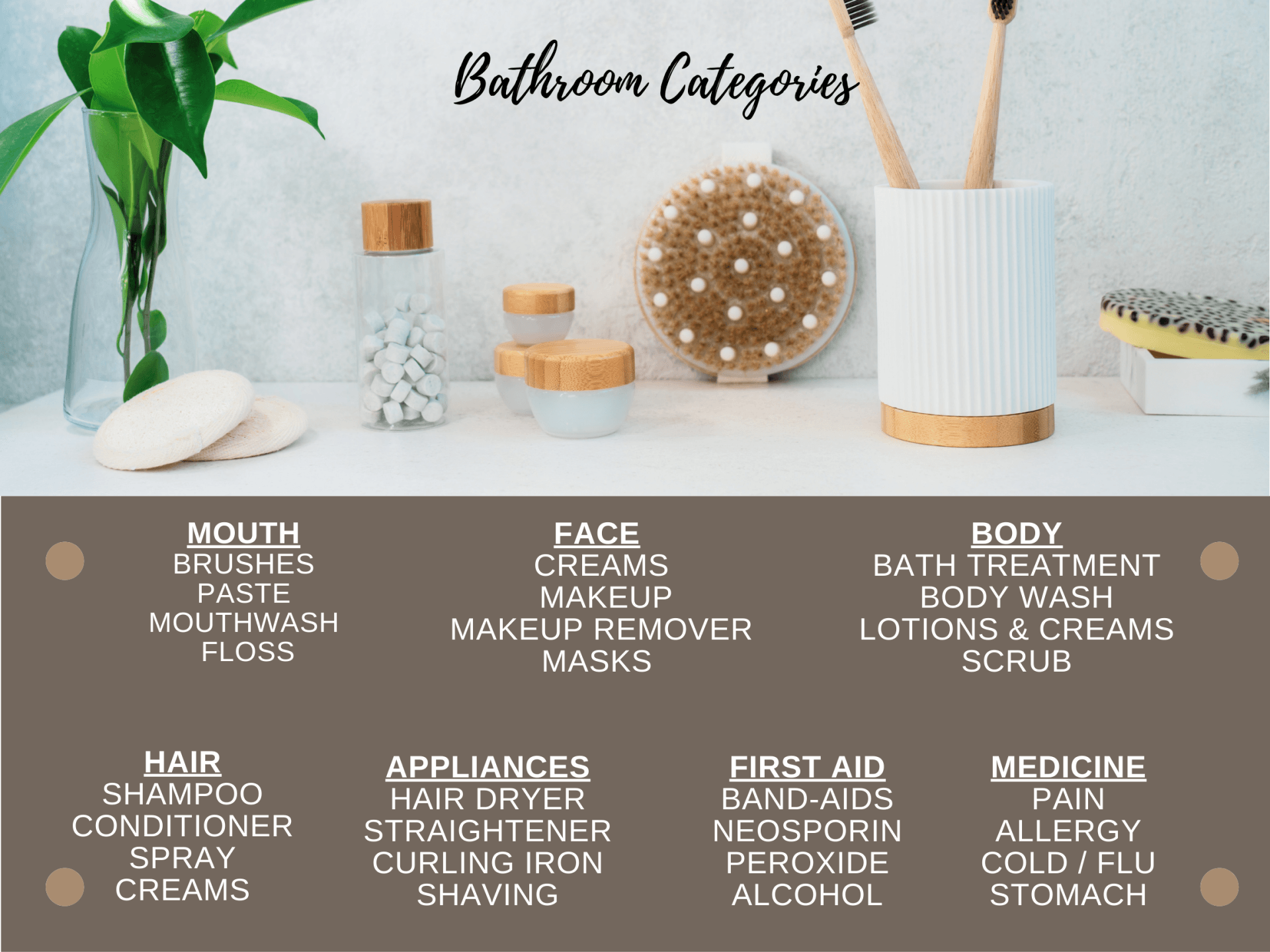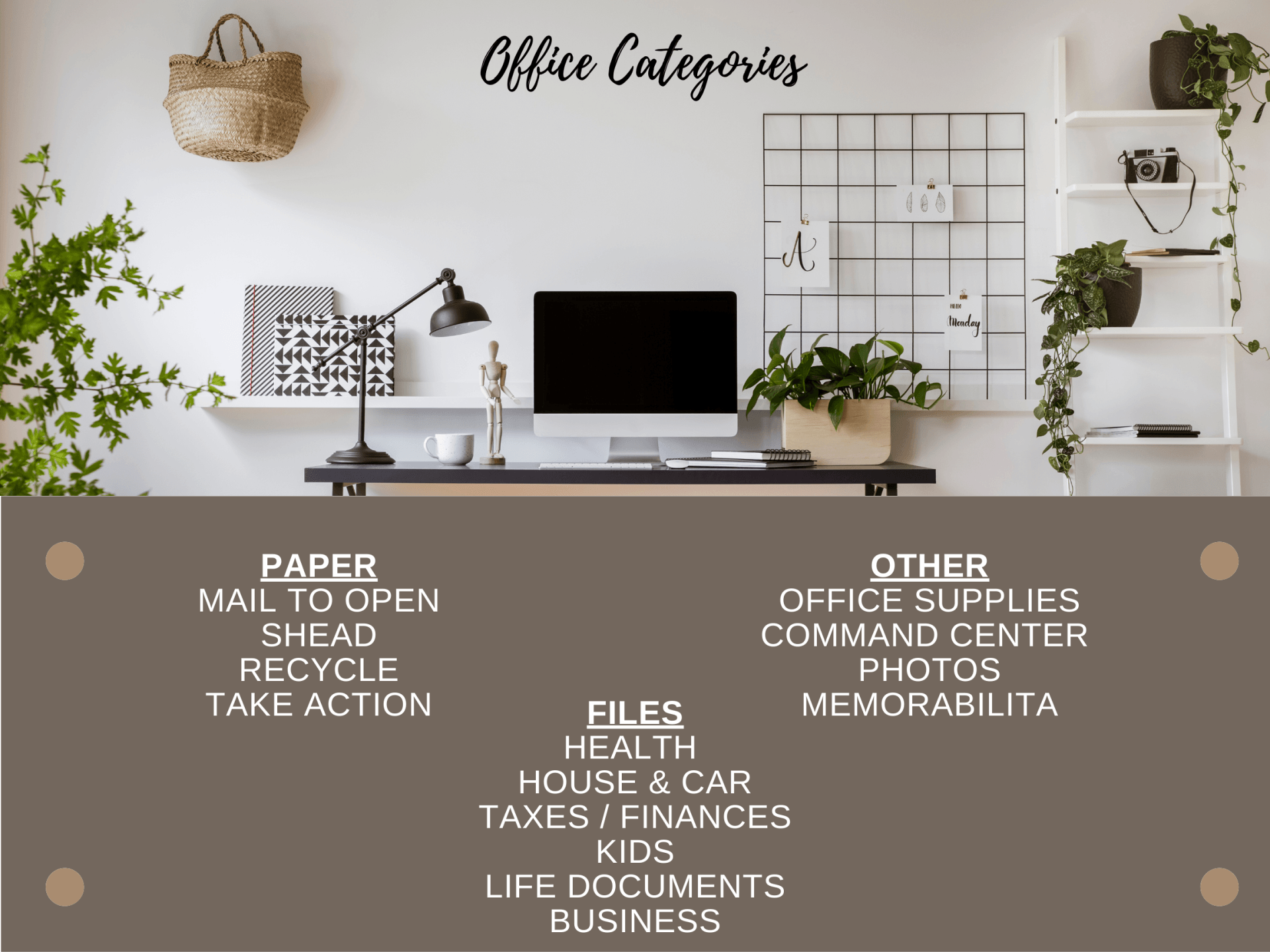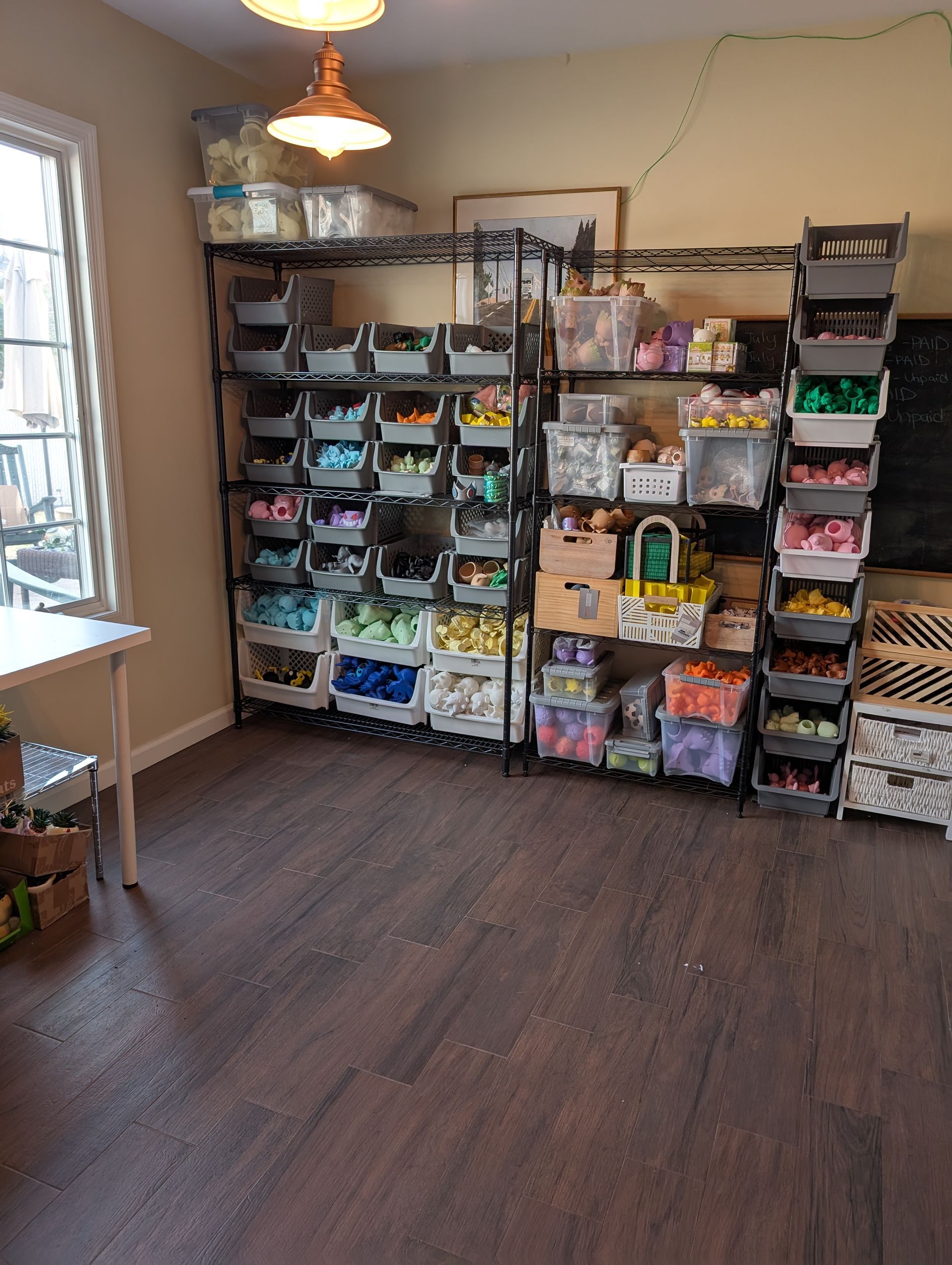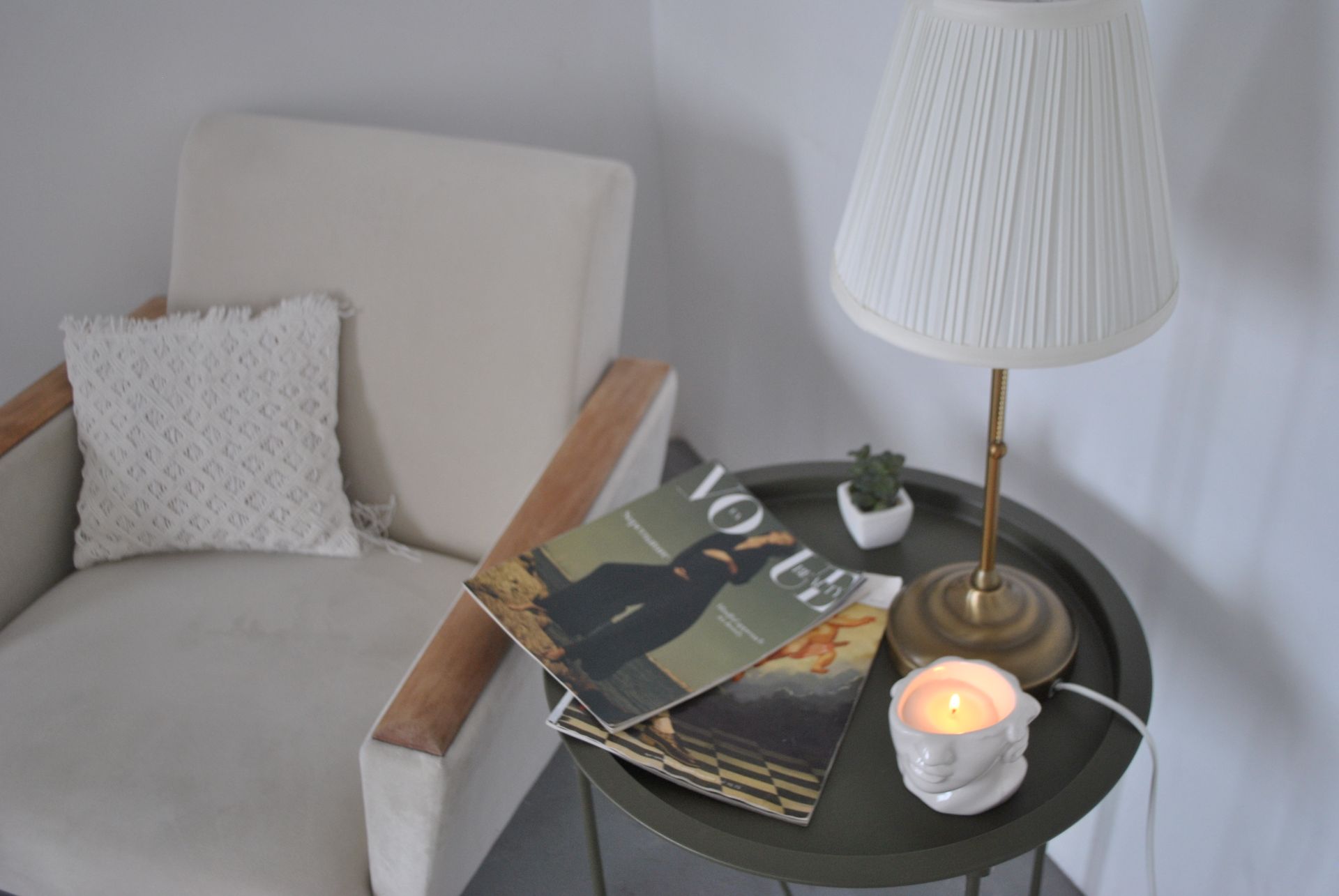How to Categorize Household Items (Ultimate guide for Organized Homes)
How to Categorize for optimal organization results
Categorizing or classifying is an essential step in your organization's process. It will determine the success of your project in the long term. This step can be difficult and time-consuming if you are not used to doing it. In this article you will find helpful tips and tricks to guide you in the process.
So let's begin!
1. S.O.R.T. First
2. Macro Vs. Micro Categorizing
3. Types of Categorization
4. Common Categories by Room
1. S.O.R.T. First
Macro-Categorize first
Once you have decided what will stay, start creating categories. The best way to approach this part of the organizing process is to think of macro categories which will help you move faster and more efficiently.
Subcategorize without Micro-Categorizing
Once we have macro-categories, you can start creating subcategories, if needed, depending on the volume of things you have.
Be careful not to micro-categorize. Let's say, for example, you create too many folders which end up with only one one of two items inside. Your system might be at a point where a paper can fit into five different categories. As a result, you will have problems finding your items later.
Avoid Miscellaneous
On the other hand, if you don't subcategorize enough you might find yourself struggling to find items quickly and efficiently. Going back to the paper's example, if you end up with a large category where you have a file with 100 different documents inside, finding things within the folder will not be easy. To this end, my recommendation is to try to avoid miscellaneous as much as possible.
3. Types of Categorization
When sorting or categorizing things, you want to think about the most practical way to do so and how to do it. Here are some options to choose from:
Categorize by Similarity - Group items that are the same type or similar. For example in a pantry we can group snacks, oils, cans, nuts, carbs, etc.
Categorize by Function - This is a way of grouping items that are different but would typically need at the same time. For example in the bathroom we can have mouth products, hair products, face products, etc.
Categorize by User - Another way of grouping things is by the user. This will generally be effective in rooms where space is shared but the items are not. This is very effective for example, in mudrooms or entryways. For instance, grouping items in baskets or drawers for each house member can help everyone quickly find their belongings.
Categorize by Color - This is usually used as a subcategory and works well when organizing kids or craft room items. Creating categories by color for kids' things is a fantastic strategy to help kids stay organized. This approach will make it easy for them to know where to find and put away their items following a specific order.
Categorize Alphabetically - Grouping things by letter is a fantastic way to keep things organized and avoid micro categorizing. Examples of when you should consider alphabetizing include Spices, Books, Files.
4. Common & Basic Categories by room
Each of these rooms have a number of different subcategories which would be useful to explore depending on the quantity of items you have. However these main categories will be a great beginning in your organization journey!
Now I would like to hear from you:
Which rooms in your home do you struggle with finding the write categories to function efficiently?
Let me know by leaving a comment below.


